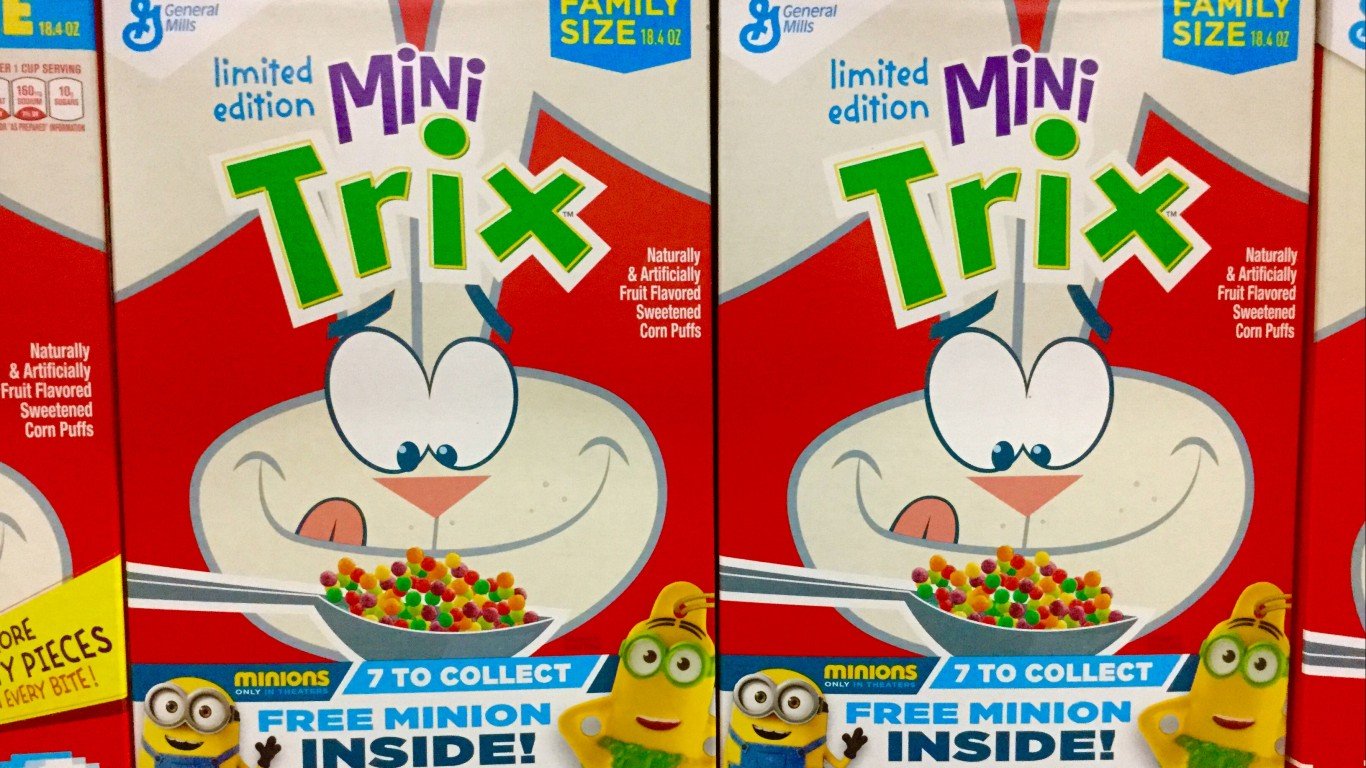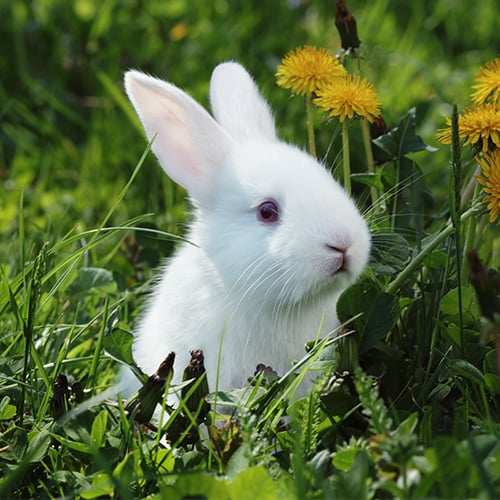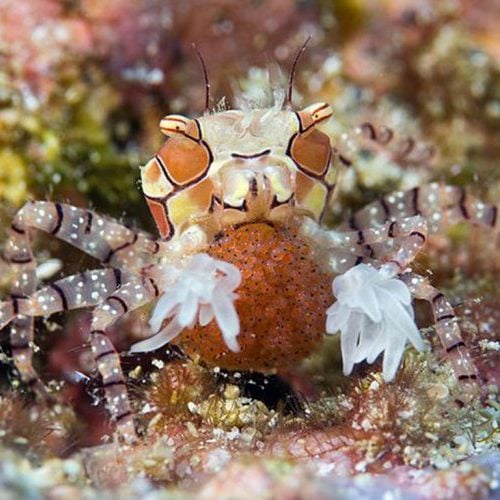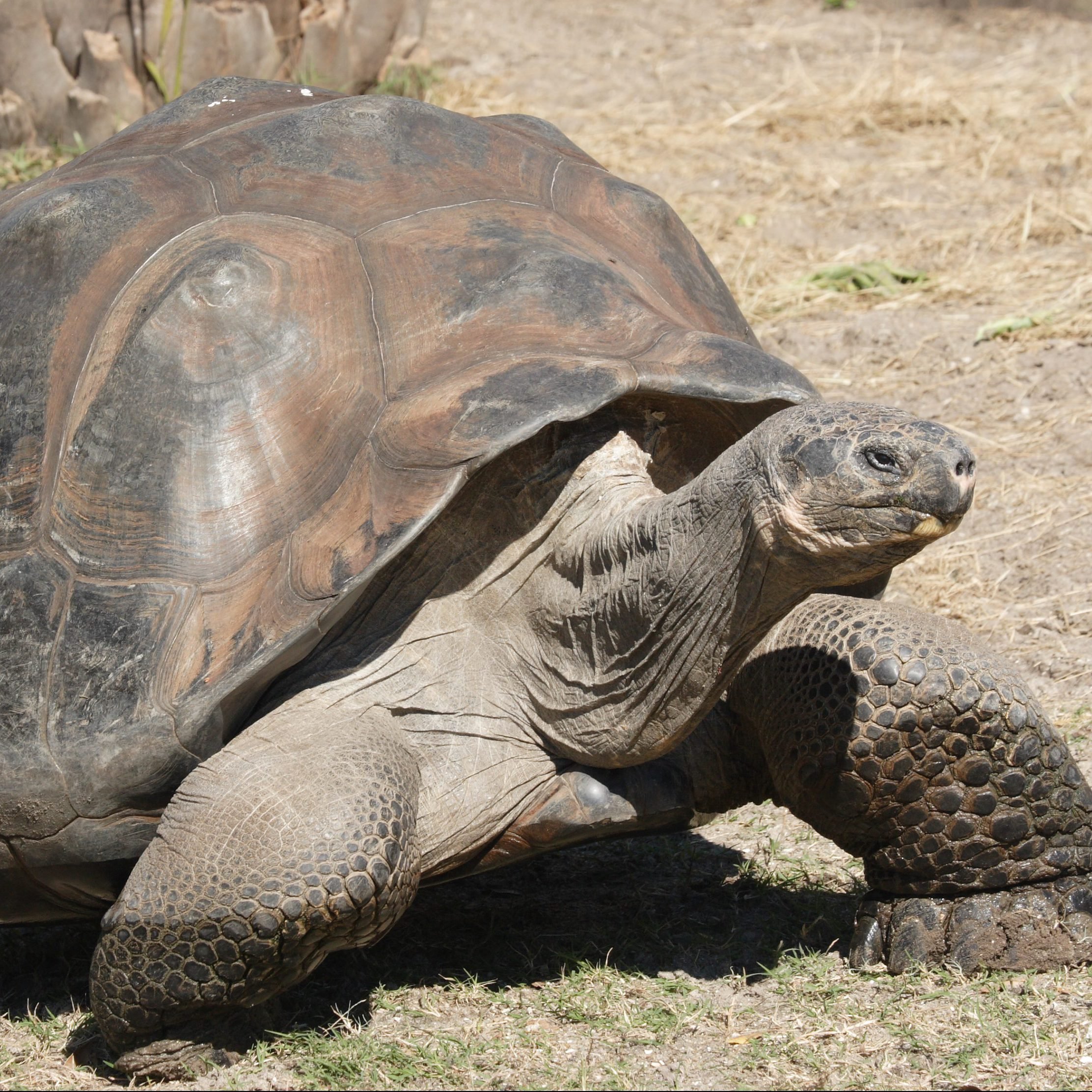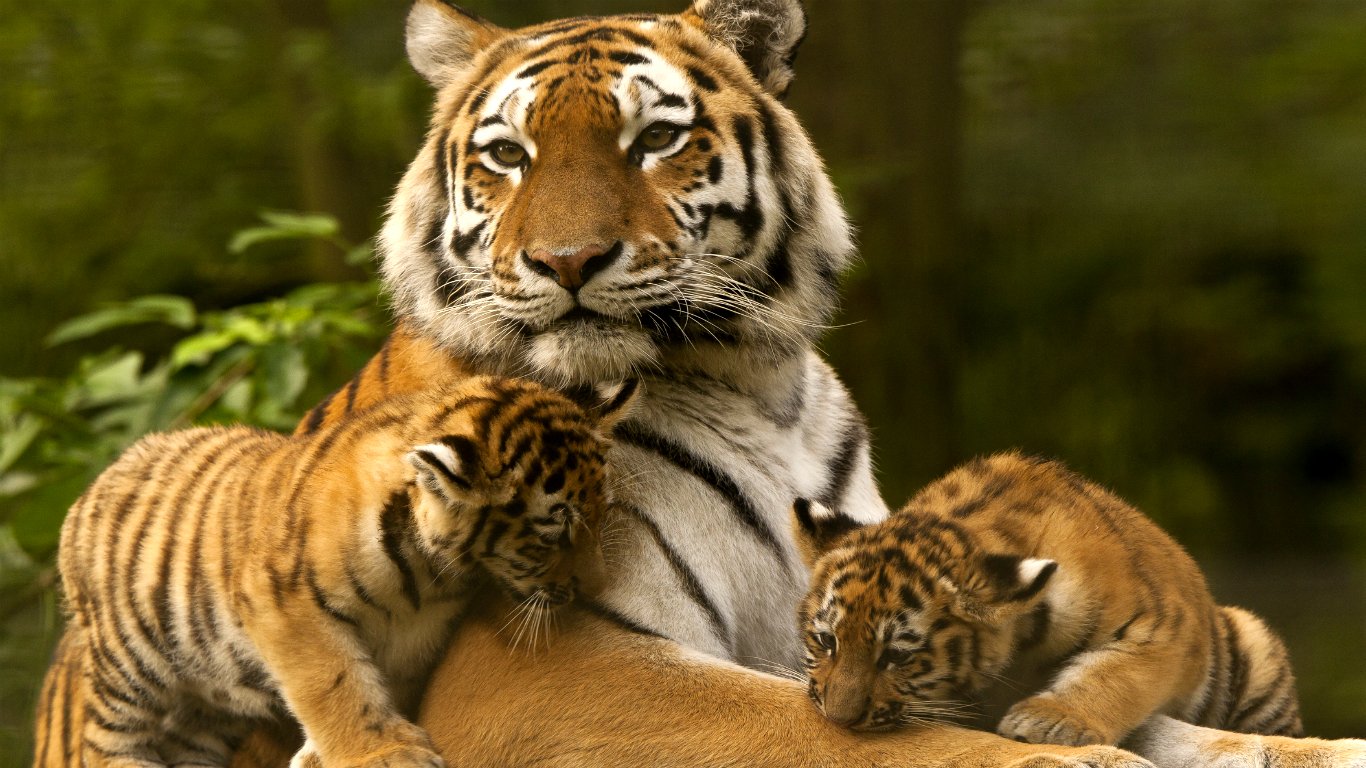

This year Easter falls on April 17. The exact origins of the Easter bunny are a mystery but bunnies are a symbol of Easter. In fiction, rabbits are often portrayed as playful, cunning tricksters — think Bugs Bunny. Because of Easter, bunny rabbits are everywhere — in stores, on cards, in commercials, and in movie theaters.
In observance of the season, 24/7 Tempo set out to identify the most famous bunnies of all time. We were pleasantly surprised to see how many bunnies have made their mark in history. For many decades they have appeared as characters in comics and literature, as stars of cartoons and films, as heroes and villains, as giants and cute little balls of fur, and even as advertising icons.
Who would have thought bunnies were such big business? Of course, for every celebrity bunny there are millions more living in the wild and in obscurity as pets in homes around the country. 24/7 Tempo honors them all.
24/7 Tempo reviewed rabbits and bunnies of fame throughout history, including both real animals, such as Former Vice President Mike Pence’s rabbit, and fictional bunnies. These rabbits are featured on folk songs and stories, television, film, advertising, and more.
Click here to see the most famous bunnies of all time

Ricochet Rabbit
> Debuted: 1964
Ricochet Rabbit is a character in Hanna-Barbera’s “The Magilla Gorilla Show” and “The Peter Potamus Show.” A sheriff in the Wild West town of Hoop ‘n’ Holler, he was named for his habit of bouncing off objects while yelling his catchphrase “Ping-ping-ping!”
[in-text-ad]

Hodge-Podge
> Debuted: 1980
Hodge-Podge is a character in Berke Breathed’s Pulitzer Prize-winning comic strip Bloom County. Bloom County examines social and cultural issues from the perspective of small-town America, albeit one where animals talk. Hodge-Podge is a knee-jerk conservative.
[in-text-ad-2]
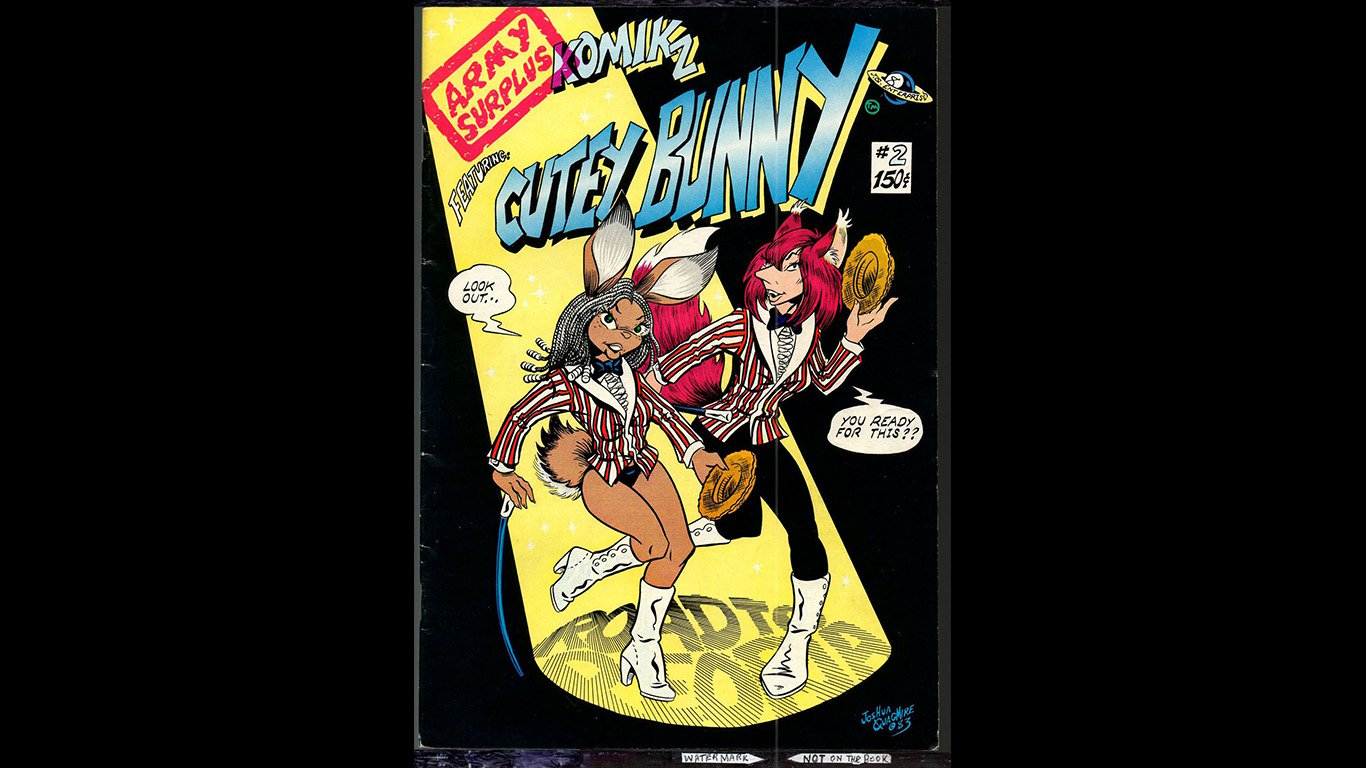
Cutey Bunny
> Debuted: 1982
Cutey Bunny is a comic book superheroine created by Joshua Quagmire, parodying the “Cutey Honey” manga series. Cutey Bunny has appeared in various comic books since the early 1980s. She is the alter ego of special agent Kelly O’Hare, who has been described as “the world’s first African-American rabbit superheroine.”
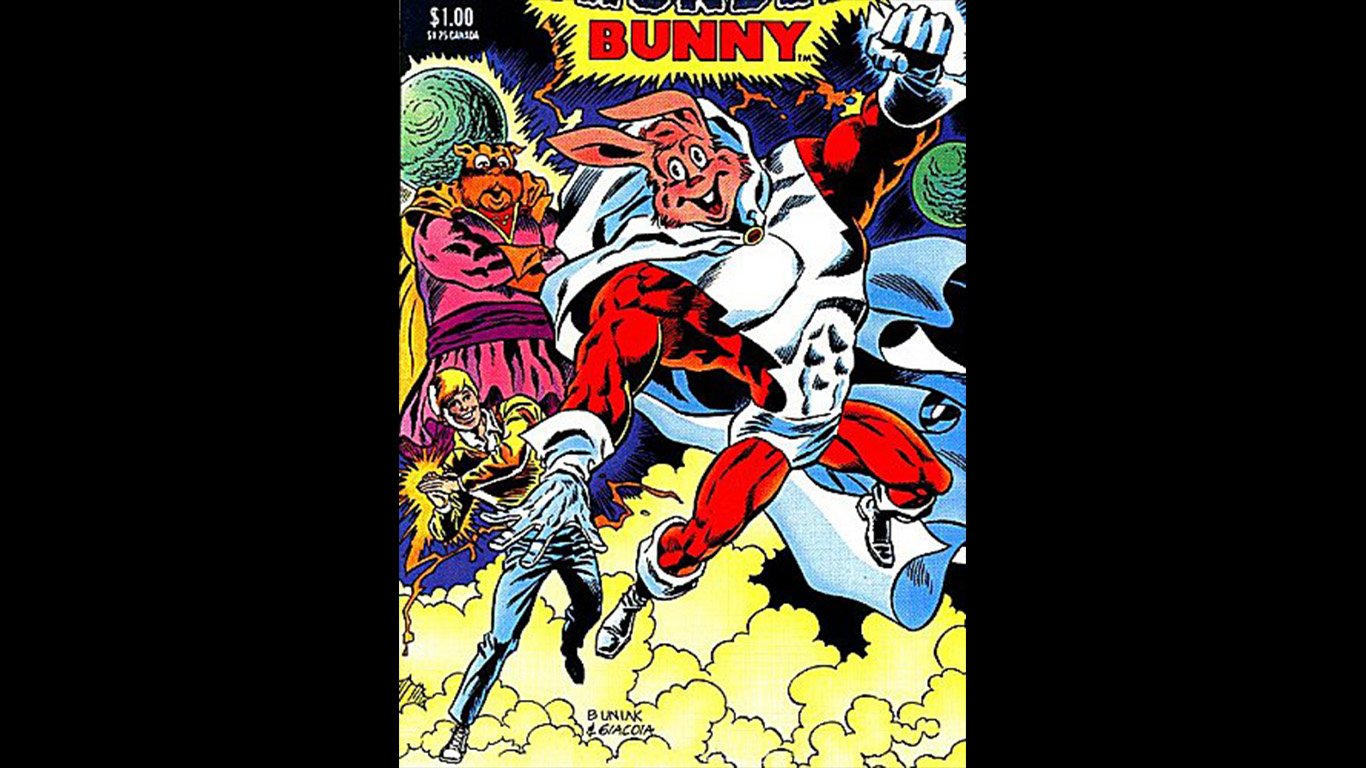
Thunderbunny
> Debuted: 1984
Thunderbunny is a character created by Martin Greim. His alter ego is a boy called Bobby Caswell who transforms into a superhero rabbit with super strength and the ability to fly.
[in-text-ad]

Marlon Bundo
> Debuted: 2018
Marlon Bundo is the family pet of former Vice President Mike Pence and the subject of two best-selling books, both published in March of this year. Pence’s daughter Charlotte wrote a book titled “Marlon Bundo’s Day in the Life of the Vice President.” This inspired Jill Twiss — a contributor on “Last Week Tonight with John Oliver” — to write a gay-themed satire titled “A Day in the Life of Marlon Bundo.” Launched on comedian’s show, Twiss’s book became a No. 1 best seller on Amazon.
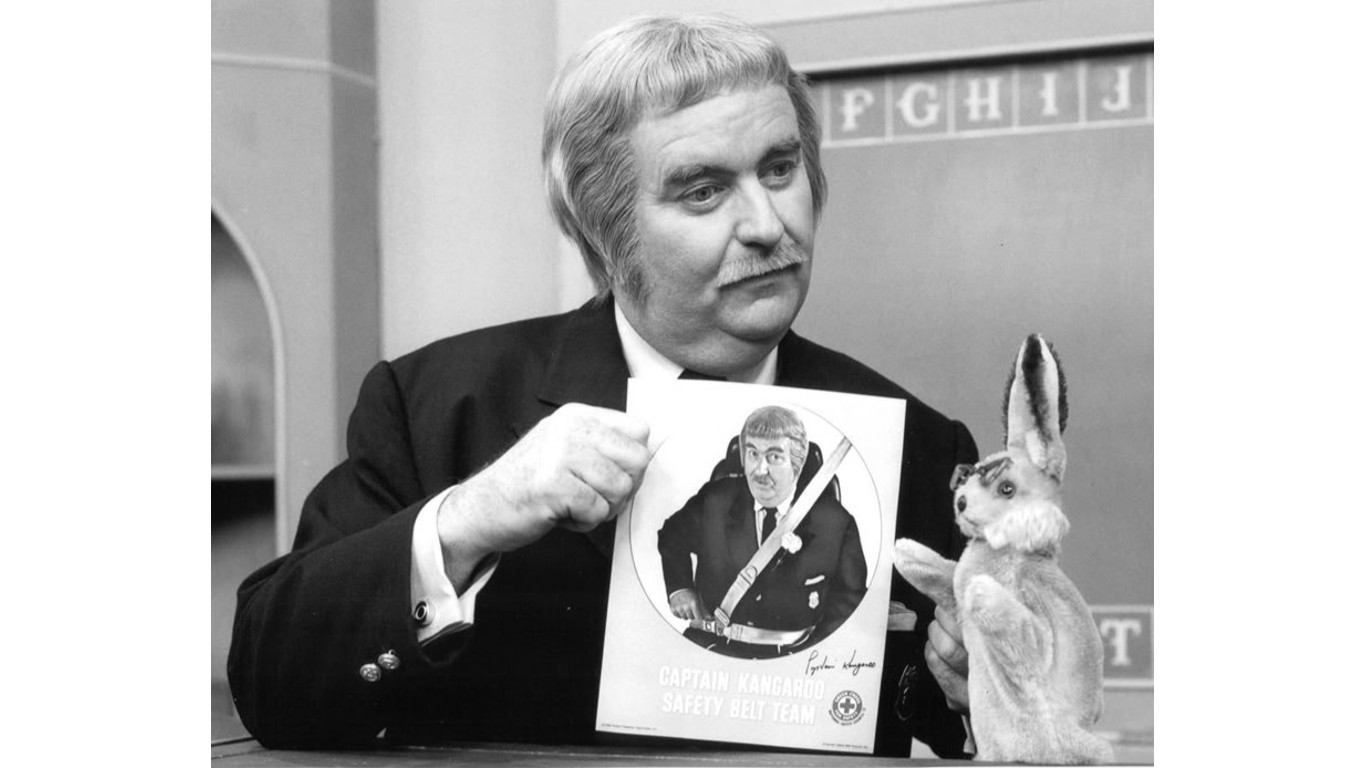
Mr. Bunny Rabbit
> Debuted: 1955
Mr. Bunny Rabbit was a puppet character on the television show “Captain Kangaroo,” which ran for almost 30 years, beginning in 1955. He wore trademark red horn-rimmed glasses and could trick the Captain into giving him his carrots. Bunny Rabbit was created and manipulated by puppeteer Cosmo Allegretti.
[in-text-ad-2]

Buster Baxter
> Debuted: 1979
Buster Baxter is the best friend of Arthur Read, the aardvark and main character of the TV show “Arthur.” Buster’s parents are divorced and he lives with his mother. He’s an upbeat character with some interesting hobbies, including collecting food.
[in-text-ad]

Thumper
> Debuted: 1942
Thumper, who first appeared in the Disney film “Bambi,” got his name from his habit of thumping his hind foot. He has since appeared in a number of movies, including “Who Framed Roger Rabbit?” and “Lion King 1½.” He was also namechecked in the James Bond movie “Diamonds Are Forever,” which featured two female bodyguards called “‘Bambi” and “Thumper.”
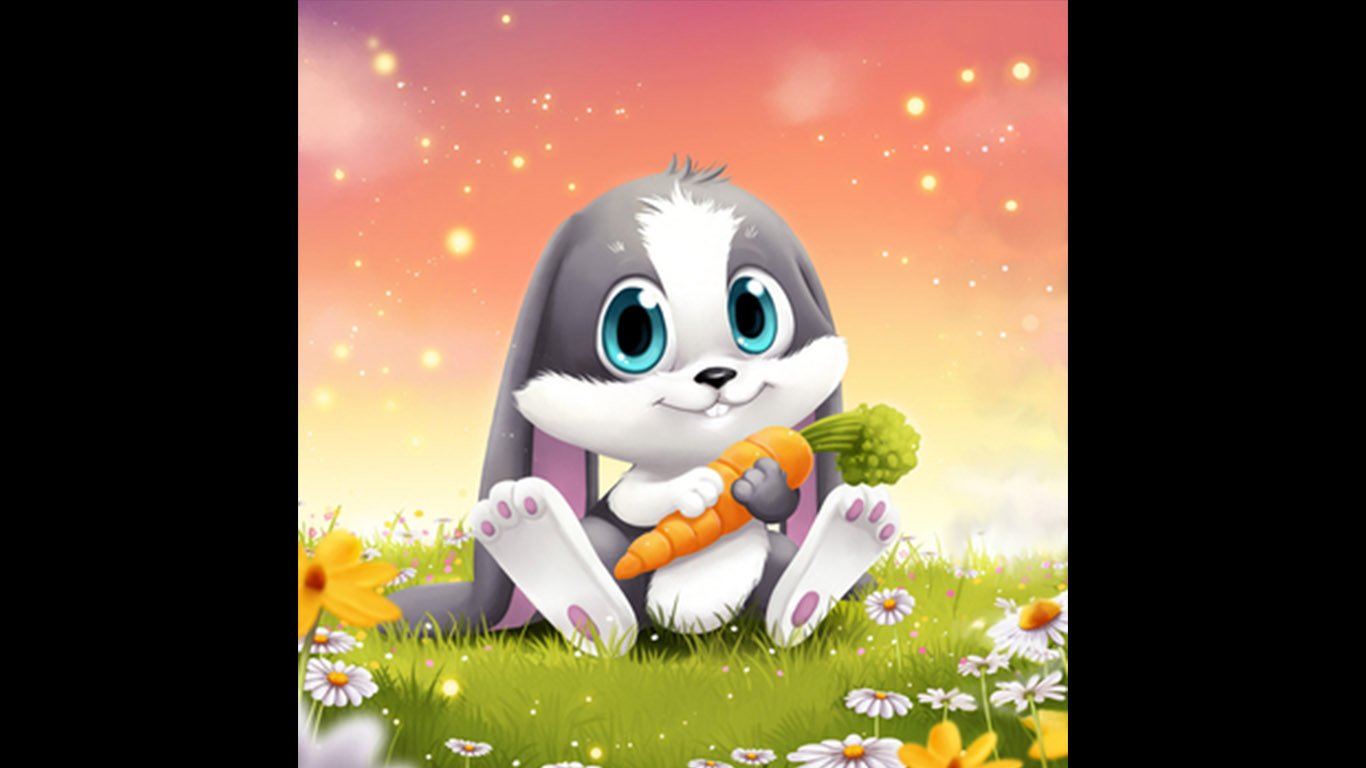
Schnuffel
> Debuted: 2007
Schnuffel was created by German media company Jamba! to promote its ringtones. Schnuffel inspired the “Kuschel Song,” which made it to the top of the European music charts as well as Android apps. He has a girlfriend called Schnuffelienchen.

Captain Carrot
> Debuted: 1982
Captain Carrot is a DC Comics superhero created by Roy Thomas and Scott Shaw. He originally had an alter ego called Roger Rabbit but the name was changed to Rodney Rabbit to avoid legal issues relating to the Toon star of that name. His home also underwent a name change — he originally lived on the other-dimensional world of Earth-C, which later became Earth-26.
[in-text-ad-2]
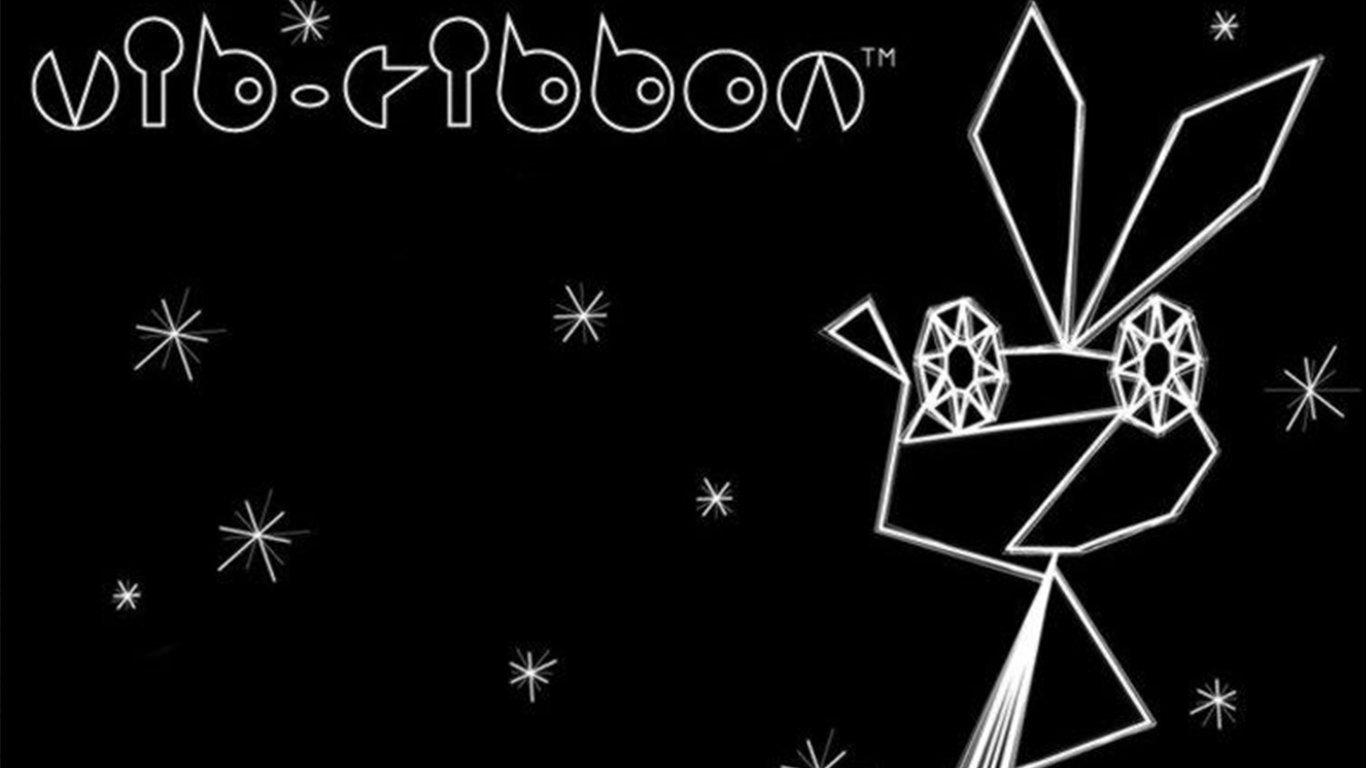
Vibri
> Debuted: 1999
Vibri is the main character in the video game Vib-Ribbon. She changes from a happy rabbit into an unhappy frog and the worm when hit by obstacles. But she can be restored to a rabbit and even turned into an angel when these obstacles are cleared.

Benjamin Bunny
> Debuted: 1904
“The Tale of Benjamin Bunny” was written by Beatrix Potter in 1904 as a sequel to the highly successful “The Tale of Peter Rabbit.” Benjamin is Peter’s cousin, and the two share adventures in Mr. McGregor’s garden. They reappear as adults in “The Tale of the Flopsy Bunnies” and “The Tale of Mr. Tod.” Benjamin also has a role in the 2018 movie “Peter Rabbit.”
[in-text-ad]

Miyamoto Usagi
> Debuted: 1987
Miyamoto Usagi is a character in the Dark Horse Comics book “Usagi Yojimbo.” (Usagi is the Japanese word for rabbit.) He is a ronin, or warrior for hire, and highly skilled with a sword. He has also appeared in the Teenage Mutant Ninja Turtles animated series and video games.

Crusader Rabbit
> Debuted: 1949
Crusader Rabbit was the star of the first ever made-for-television cartoon series of the same name. It Debuted in 1949 and ran for 10 years. Each episode, which was only four minutes long, featured the small but bold Crusader Rabbit embarking on an adventure, and ended with a cliffhanger.

Honey Bunny
> Debuted: 1953
Honey Bunny first appeared as Bugs Bunny’s cousin in the Bugs Bunny’s Album comic book in 1953. She later appears as his girlfriend and costar. Honey Bunny was also used for Looney Tunes’ marketing purposes but never appeared in animated cartoons.
[in-text-ad-2]
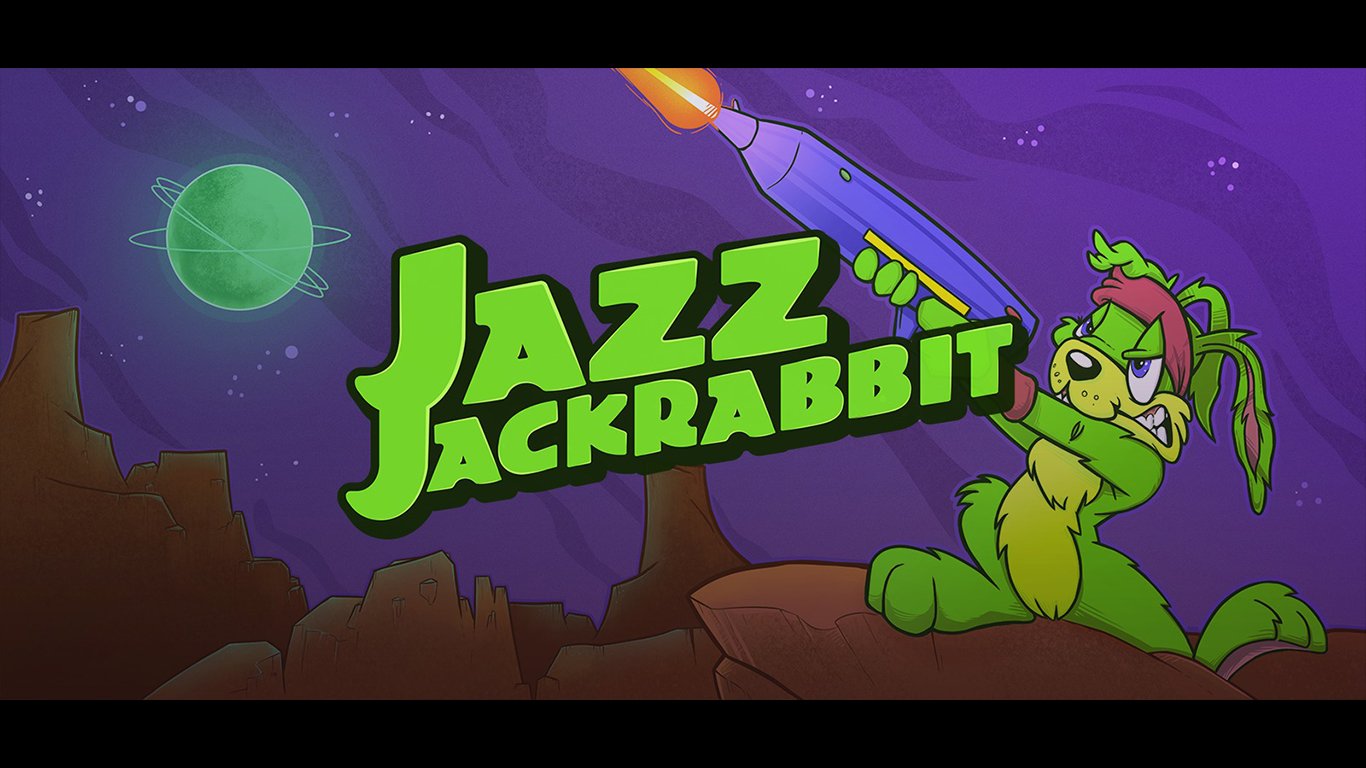
Jazz Jackrabbit
> Debuted: 1994
Jazz Jackrabbit, a video game that was first released in 1994, draws inspiration from Aesop’s “The Tortoise and the Hare” fable. An evil tortoise named Devan Shell kidnaps princess Eva Earlong of Carrotus, a planet populated by hares, and the king sends Jazz Jackrabbit to rescue her and save the kingdom.
[in-text-ad]

Rabbit
> Debuted: 1926
Rabbit, a friend of Winnie-the-Pooh, appeared in the book of that name and in the “House at Pooh Corner” by A.A. Milne. Rabbit, Winnie-the-Pooh, and other friends live in Hundred Acre Wood and have various adventures with a young boy, Christopher Robin. The Pooh books were turned into a very successful cartoon franchise by Disney.
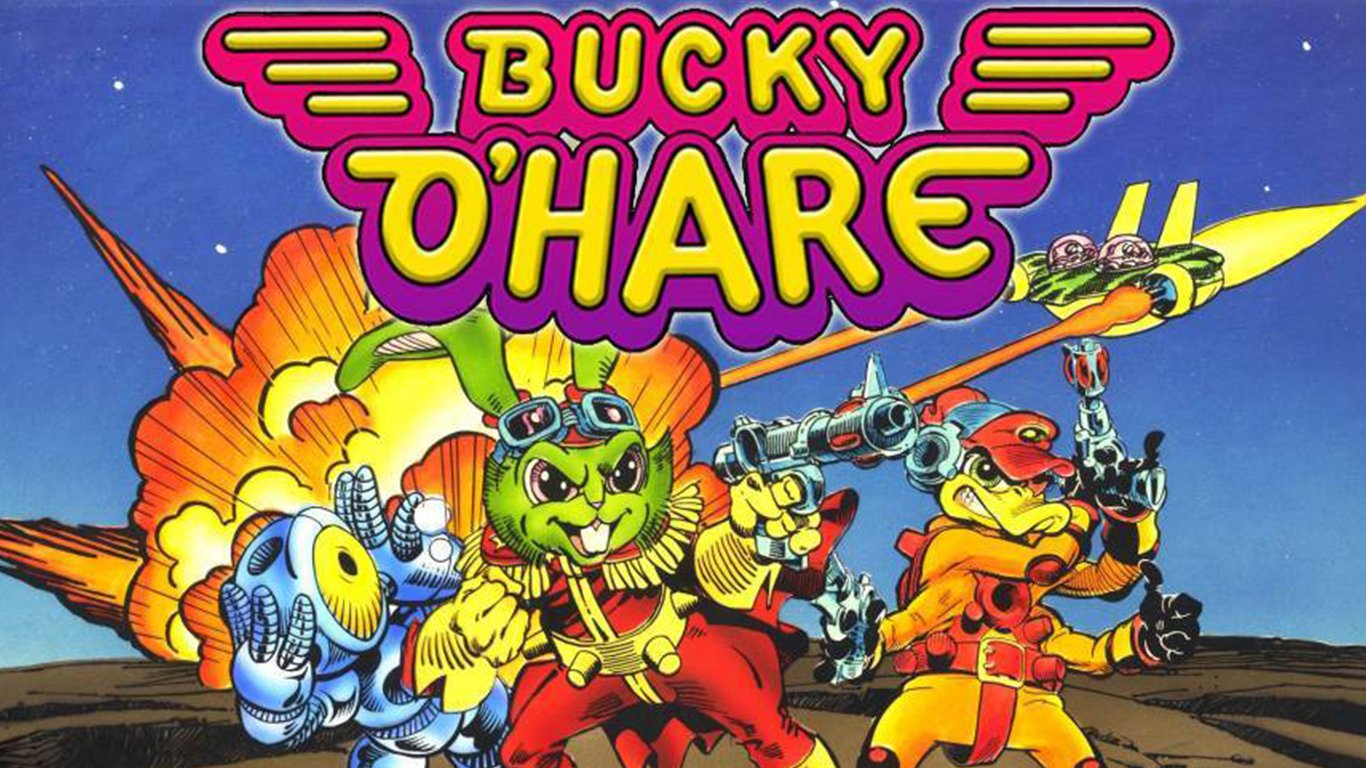
Bucky O’Hare
> Debuted: 1991
Bucky O’Hare is the hero of a comic book series created by Larry Hama and Michael Golden. Bucky is captain of a ship called The Righteous Indignation, which belongs to the the S.P.A.C.E. organization (Sentient Protoplasm Against Colonial Encroachment). They are part of the United Animals Federation, which is battling the expansionist Toad Empire. The comics spawned an animated TV series and video games.

March Hare
> Debuted: 1865
The March Hare is a character in Lewis Carroll’s Alice’s “Adventures in Wonderland” and “Through the Looking-Glass.” He hosts a Mad Tea Party and is something of a philosopher, but he often plays second fiddle to the Mad Hatter. Carroll’s works have had a major influence on popular culture and have been made into animated and live-action movies by Disney.
[in-text-ad-2]
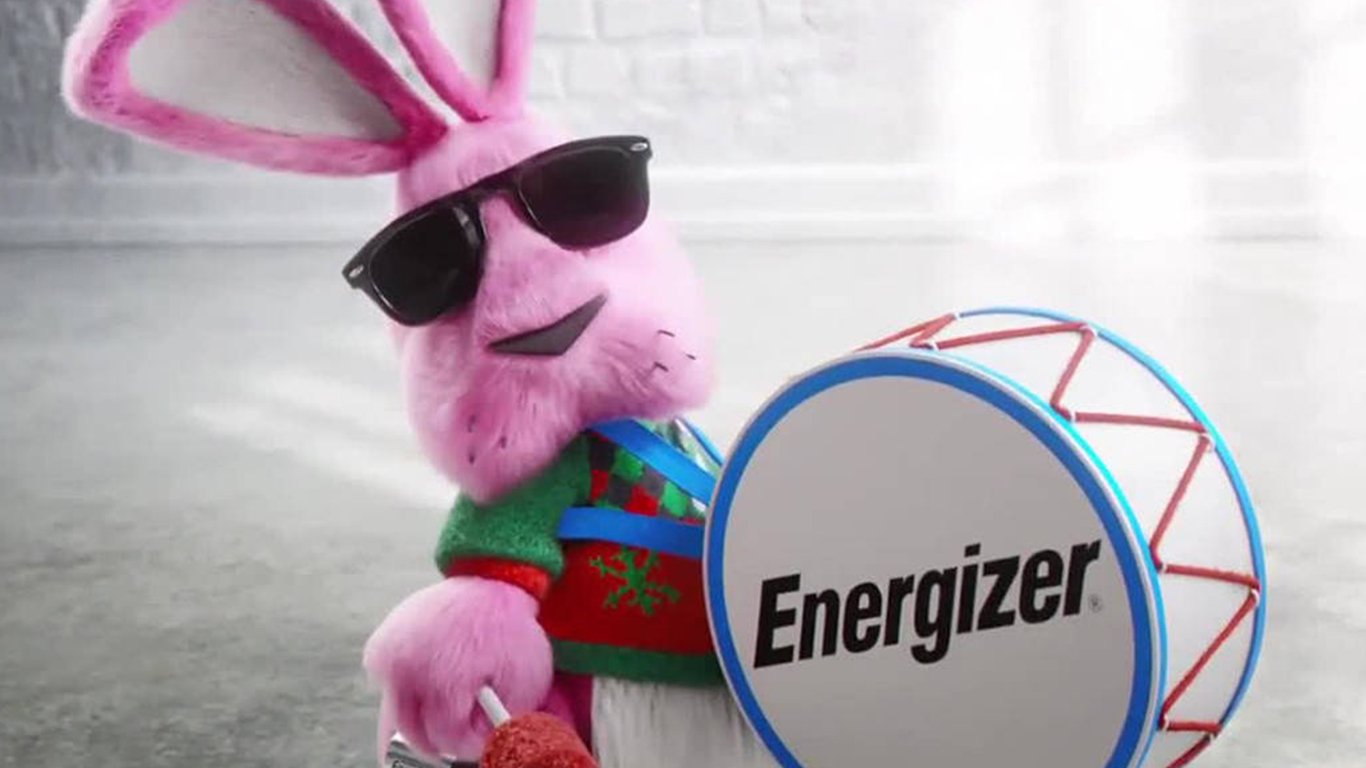
Energizer Bunny
> Debuted: 1989
The Energizer Bunny is the marketing icon for Energizer batteries. He is pink, wears sunglasses, bangs a drum and “just keeps going and going….” He has been appearing in TV ads since 1989. In 2016, Energizer introduced a new slimmed-down version of the famous bunny with more realistic fur.
Trix Rabbit
> Debuted: 1959
The Trix Rabbit is the marketing icon for the General Mills breakfast cereal of that name. He has been appearing in TV commercials since 1959. He keeps trying to trick children into giving him a bowl of cereal but is rebuffed with the tagline “Silly rabbit! Trix are for kids.” At one time he was voiced by the famous animation actor Mel Blanc.
[in-text-ad]

Bunnicula
> Debuted: 2016
Bunnicula, as his name suggests, is a vampire rabbit who feeds on vegetable juice rather than blood. He appears in a series of books written by James and Deborah Howe. Bunnicula is taken in by the Monroe family, and the stories are told from the perspective of their pet dog Harold. The Bunnicula books have been adapted for an animated TV series and for the stage.

White Rabbit
> Debuted: 1865
The White Rabbit is another famous bunny from Lewis Carroll’s “Alice’s Adventures in Wonderland.” He is the one Alice follows down a rabbit hole into Wonderland. In the Disney animated version of the book, he sings the famous song that begins, “I’m late! I’m late! For a very important date!” The White Rabbit has been referenced numerous times in popular culture, including in a psychedelic song of that name by Jefferson Airplane, and he even appeared in the 1966 Star Trek episode “Shore Leave.”
[in-text-ad-2]

Rabbit of Caerbannog
> Debuted: 1975
The Rabbit of Caerbannog appears in the film “Monty Python and the Holy Grail” and also in the musical adaptation “Spamalot.” Most of the bunnies on our list are heroes, or at least are adorable, but the Rabbit of Caerbannog is a natural-born killer. In “Monty Python and the Holy Grail,” he dispatches several of King Arthur’s knights with ease but is finally killed himself by the Holy Hand Grenade of Antioch.
[in-text-ad]

Br’er Rabbit
> Debuted: 1880
Bre’er Rabbit is the central character in the Uncle Remus stories, a collection of children’s stories set in the Southern United States published by Joel Chandler Harris beginning in 1880. Harris adapted the stories from African-American folktales he collected during his time spent with slaves on plantations. Bre’er uses his wits to get out of trouble and to get by. He is featured in the 1946 Disney film “Song of the South.” Bre’er was one of the inspirations for Beatrix Potter when she wrote “The Tale of Peter Rabbit.”

Harvey
> Debuted: 1950
Harvey was made famous in a 1950 comedy film of the same name. The film was based on a play by Mary Chase. Harvey is a 6-foot-3½-inch tall invisible rabbit and best friend to Elwood P. Dowd, an amiable barfly played by James Stewart. While that sounds like an unlikely setup, Stewart was nominated for an Academy Award for his performance. His costar Josephine Hull, who played Elwood’s sister, took home an Oscar for best supporting actress.
[in-text-ad-2]

The Velveteen Rabbit
> Debuted: 1922
“The Velveteen Rabbit,” written by Margery Williams, tells the story of a stuffed rabbit who wants to become a real one. First published in 1922, it has had numerous adaptations in the years since.

Peter Rabbit
> Debuted: 1901
Peter Rabbit is another famous creation of Beatrix Potter. He first appeared in “The Tale of Peter Rabbit,” published in 1901. Earlier this year, Sony Pictures released an animated/live-action adaptation of “Peter Rabbit,” which has grossed almost $200 million worldwide.
[in-text-ad]
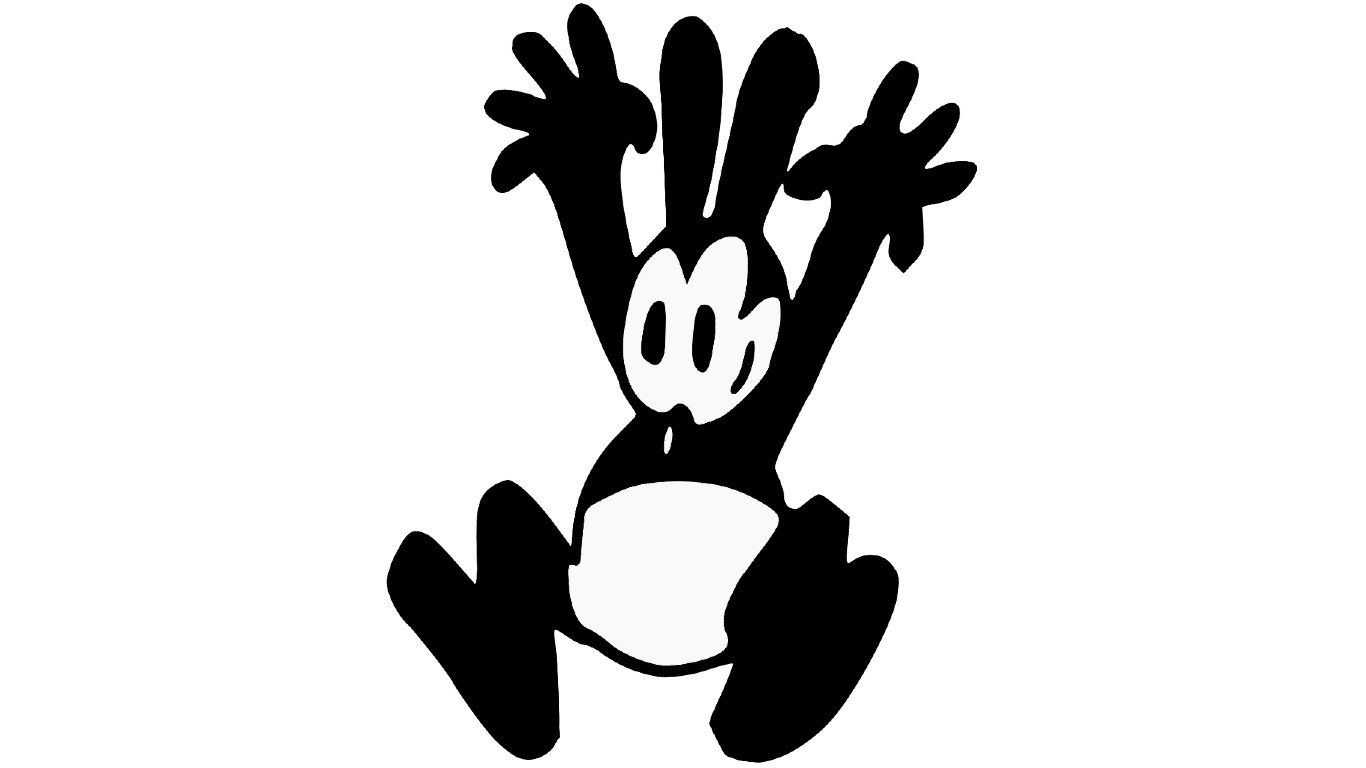
Oswald the Lucky Rabbit
> Debuted: 1927
Oswald the Lucky Rabbit was created by Ub Iwerks and Walt Disney in the 1920s. He was one of the first animated characters to have personality and was the Disney Studio’s first character to have its own series. Disney lost the rights to Oswald in 1928 but reacquired them in 2006 in a rather unorthodox trade with NBC that included sportscaster Al Michaels. Oswald reappeared in the 2010 video game Epic Mickey as well as in follow-up games, theme parks, and comic books.

Bugs Bunny
> Debuted: 1938
The instantly recognizable and unforgettable Bugs Bunny was created in 1938 by Leon Schlesinger Productions, which later became Warner Bros. Cartoons. He was first voiced by voice actor Mel Blanc. Bugs is known for his catchphrase “What’s up, doc?” and for his fondness for carrots, among other things. Bugs has appeared in more films, including Looney Tunes and Merrie Melodies shorts, than any other cartoon character. He is the official mascot for Warner Bros.
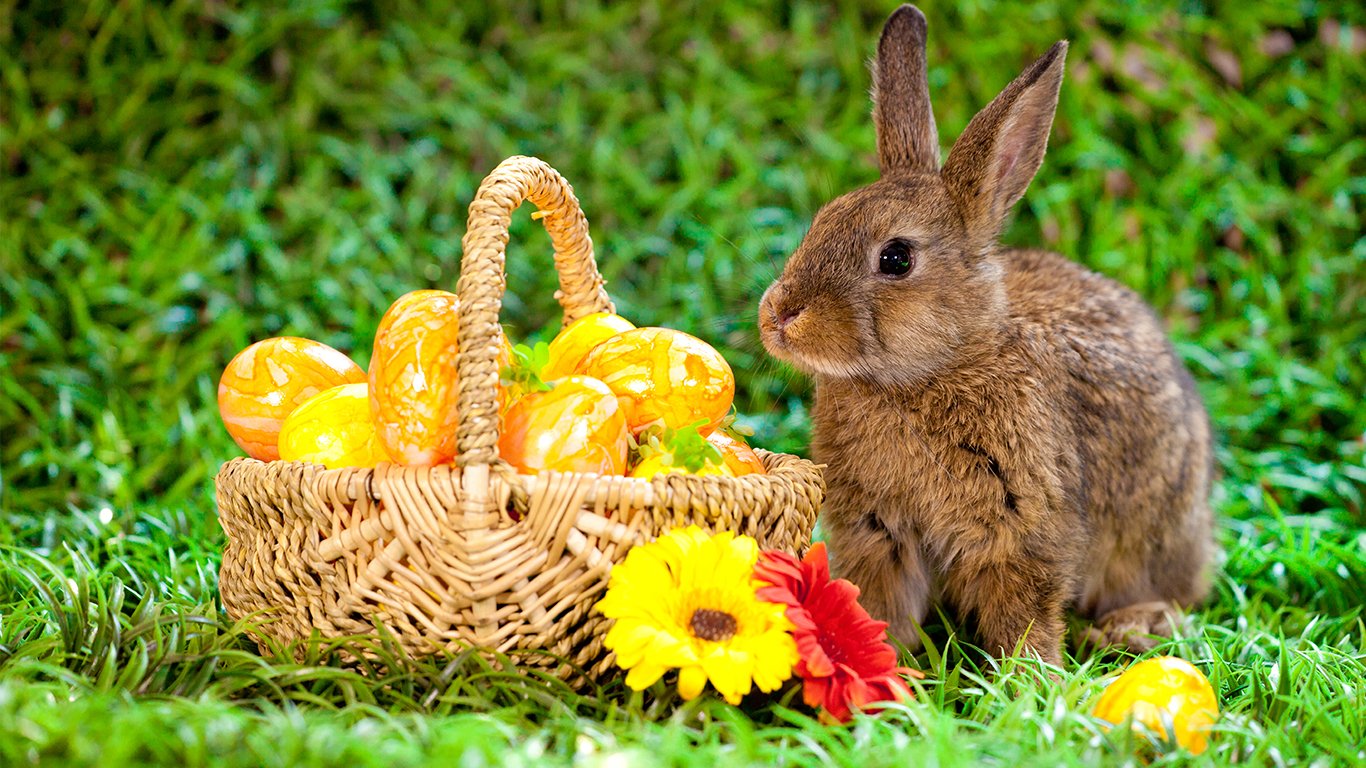
Easter Bunny
> Debuted: 1700s
The most famous bunny has been a symbol of Easter for centuries, although it doesn’t appear in the Bible. The tradition may have began with German Lutherans, who originally adopted the Easter Hare. Immigrants to the United States kept the tradition. Rabbits and hares are highly fertile and mate in spring, so it is not surprising that they became symbols of a holiday that celebrates rebirth. Eggs are also a symbol of fertility and rebirth — and of the empty tomb of Jesus — and the Easter Bunny is often depicted carrying Easter Eggs in a basket.
Take This Retirement Quiz To Get Matched With An Advisor Now (Sponsored)
Are you ready for retirement? Planning for retirement can be overwhelming, that’s why it could be a good idea to speak to a fiduciary financial advisor about your goals today.
Start by taking this retirement quiz right here from SmartAsset that will match you with up to 3 financial advisors that serve your area and beyond in 5 minutes. Smart Asset is now matching over 50,000 people a month.
Click here now to get started.
Thank you for reading! Have some feedback for us?
Contact the 24/7 Wall St. editorial team.
 24/7 Wall St.
24/7 Wall St.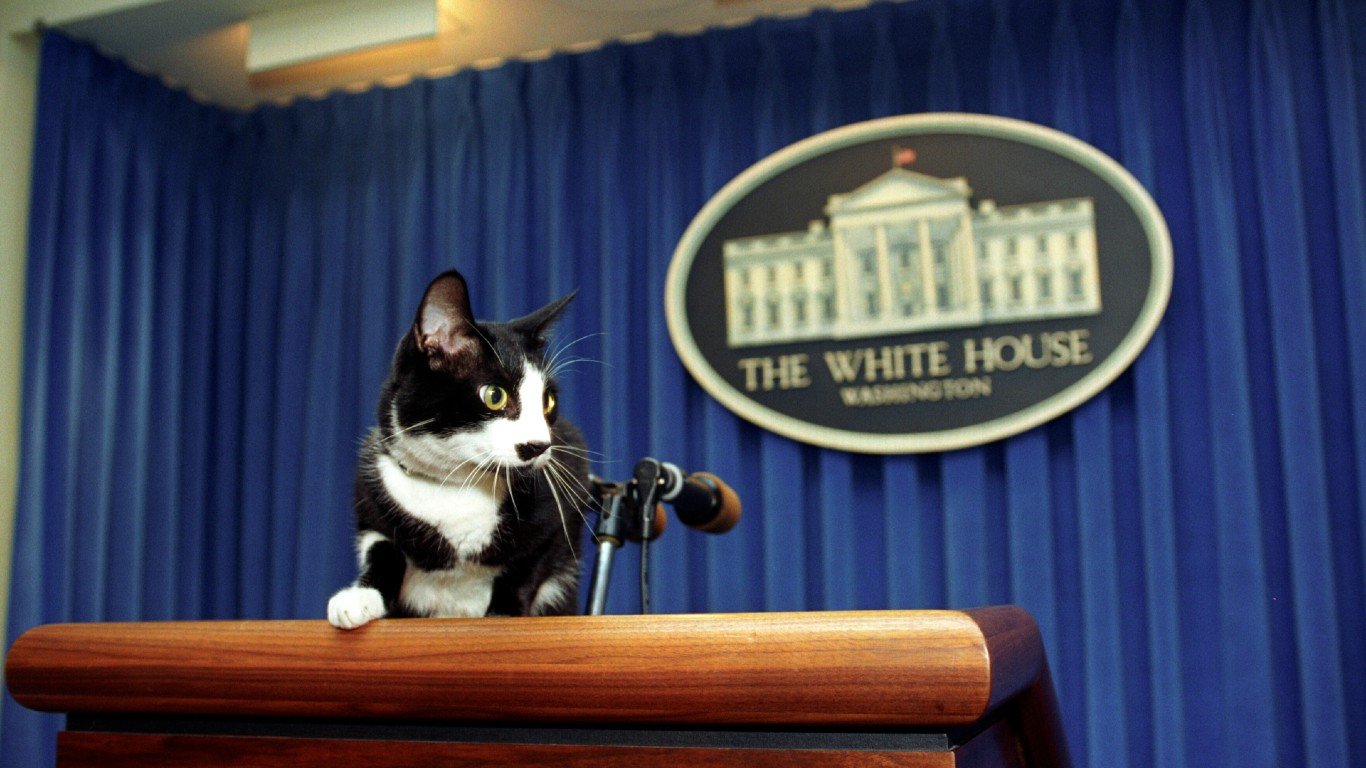 24/7 Wall St.
24/7 Wall St.